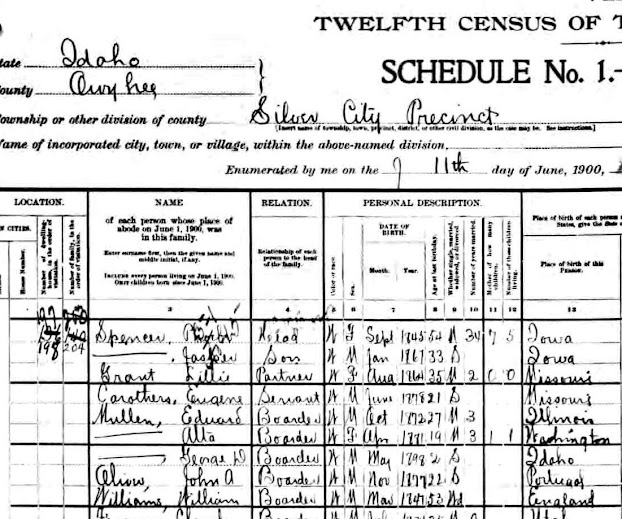The Eternal Question

What Will Happen To My Research? What Can I Do Now? Nearly every day I see a post on social media asking for advice on what to do with the results of many years of genealogical research. “No one in my family is interested. I am afraid that they will just throw it all in the dumpster.” The topic is of interest within SKCGS as well. Dorothy Pretare presented on the subject at a General Meeting and wrote a blog post on the topic. [1] A great place to start is the FamilySearch Wiki article “What to do with the genealogy and family history I collected”. [2] Often people who have not had to deal with a collection suggest a local historical society. Unless the collection deals with local pioneers or persons of historical importance to the community, it is doubtful that they will be able to accept Aunt Ida’s papers. I have heard stories of people dumping grocery bags full of loose papers at the local library. What do you think is going to happen to those papers? Enjoy Y...






